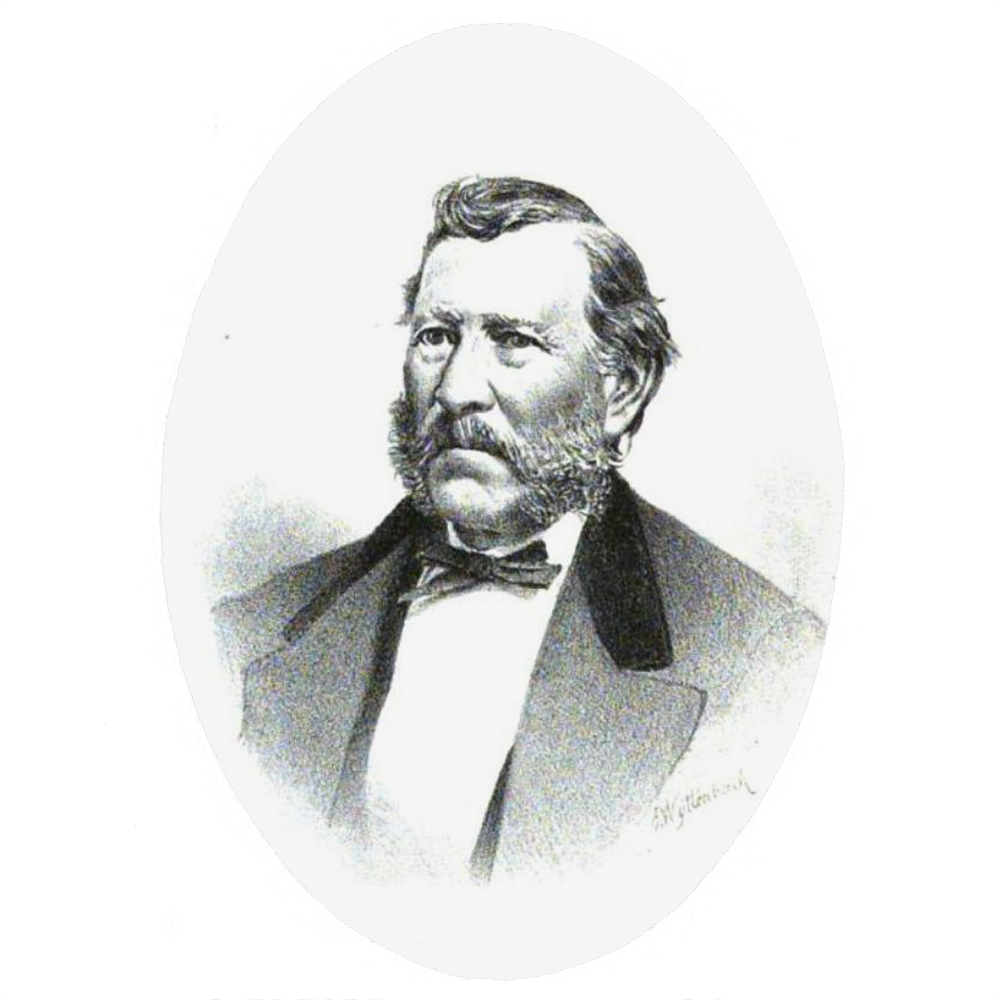Images Courtesy of Suzanne Becker Bronk
The Wild Horse Valley AVA is an American Viticultural Area that spans both Napa County and Solano County. One of the smallest Napa Valley AVAs, it is known for its relatively cooler climate, due to its close proximity to the San Pablo Bay, making it beneficial to the cultivation of grape varietals such as Pinot Noir.
Wild Horse Valley wines are almost impossible to generalize because so little of them are made. However, the elevation and location in the south near to the Bay make for a cool growing area. Because of this, Chardonnay and Pinot Noir tend to be planted over Cabernet Sauvignon. The Chardonnay and Pinot Noir are similar to Carneros in that they have ripe fruit but tend to have slightly higher acidity due to the elevation.

The area now encompassed by the Wild Horse Valley AVA was once part of the Rancho Tulocay land grant given to Cayetano Juarez, a Californio ranchero, in 1841 by Mexican Governor Manuel Jimeno. Cayetano Juarez had been a soldier stationed at the San Francisco Presidio and was awarded two leagues of land for his decade of service in the Mexican army. The name Tulocay translates to "red" in the Native American Pomo language. This is thought to refer to the red soils in the area, colored by the presence of oxidized iron in the ground.
The first grape vines in the area were planted by Joseph Vorbe in 1881, but the onset of Prohibition in 1920 put an end to all winegrowing activities in the area. Due to its relative isolation, Wild Horse Valley doesn't have the long history of other Napa Valley AVAs. Nearly 60 years after Prohibition in 1978, the first new grape vines since Prohibition were planted on 1100 acres by John Newmeyer. The Wild Horse Valley AVA was officially recognized as an American Viticultural Area in 1988.
"What sets the Wild Horse Valley AVA apart are the cool temperatures and relatively mild growing conditions that we enjoy. This is perhaps the most important detail, as the cool temperatures are no doubt influenced by our proximity to the San Francisco Bay. Cool temperatures equal longer hang times for our grapes and we like hang time!"
- Marc Nanes, Kenzo Estate